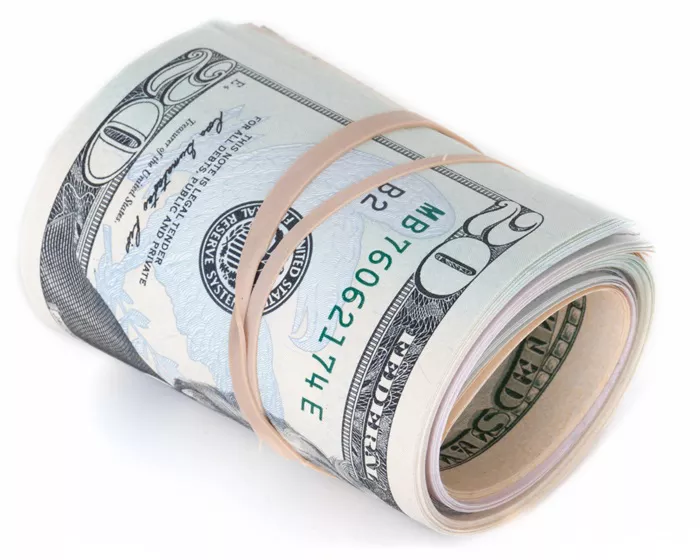The U.S. dollar showed weakness on Thursday following indications from the Federal Reserve suggesting a potential interest rate cut in September. This development kept the yen near its highest levels since March, bolstered by a shift in tone from the Bank of Japan towards a more hawkish stance.
The day began with the BOJ raising Japan’s rates to their highest in 15 years, prompting traders to reevaluate popular carry trades. Subsequently, the Fed opted to maintain current rates but signaled openness to future cuts amid cooling U.S. inflation.
Federal Reserve Chair Jerome Powell stated, “If we were to see inflation moving down… more or less in line with expectations, growth remains reasonably strong, and the labor market remains consistent with current conditions, then I think a rate cut could be on the table at the September meeting.”
Market expectations have long priced in a 25 basis points cut in September, with increased speculation of more aggressive cuts following Powell’s remarks. Currently, traders are anticipating a total of 72 basis points of easing by the end of the year.
Goldman Sachs strategists interpreted Powell’s comments as suggesting a low bar for a rate cut in September, anticipating favorable July inflation data to reinforce the likelihood of a cut.
Looking ahead, the focus will be on the upcoming July inflation report on August 14 and Friday’s government jobs report, expected to show a gain of 175,000 jobs.
The dollar index, which measures the U.S. dollar against six major currencies, was relatively unchanged at 104.02 after a 0.38% decline on Wednesday. July marked its weakest monthly performance this year with a 1.7% drop.
The euro traded at $1.0825, reflecting a 1% increase in July, while sterling stood at $1.2852 ahead of a policy decision from the Bank of England, where rate cuts remain uncertain.
Meanwhile, the yen strengthened to 149.515 per dollar, its highest since mid-March, following a 1% surge on Wednesday. BOJ Governor Kazuo Ueda did not rule out further hikes this year, supported by the central bank’s plan to halve monthly Japanese government bond purchases by early 2026.
Ben Bennett, Asia-Pacific investment strategist at Legal and General Investment Management, commented, “I was surprised by how hawkish the move was… It probably leads to more yen strength, but it could weigh on the local economy and equity markets.”
In July, the yen saw a remarkable 7% rise, its strongest monthly performance since November 2022, boosted in part by interventions totaling $36.8 billion by Japanese authorities earlier in the month.


